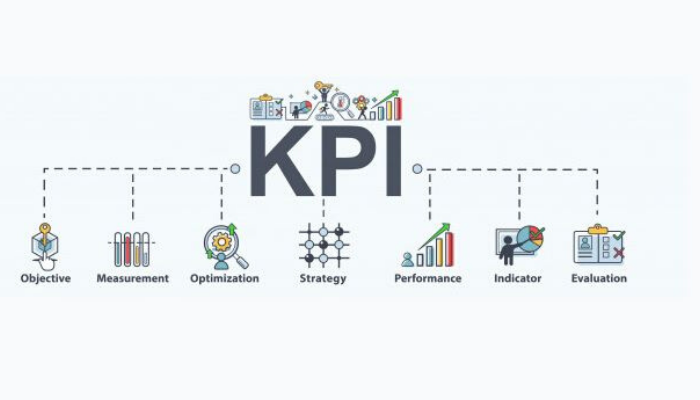All organizations define metrics and key performance indicators for employees in order to measure their performance. However, only quantitative analysis is not enough and understanding the context is also crucial. Looking at data in isolation without really understanding what employee behaviors influenced them, does not give a complete picture.
A weekly review of what is happening with the team members, can give the managers a peek into their challenges and what is affecting their performance. With the help of this kind of employee feedback, managers can support and re-align employees with their quarterly objectives. This kind of continuous performance evaluation process can have an extremely positive impact on the team and their overall performance.
Continuous performance management must involve boosting employee performance every week with simple practices like aligning everyone around the top priorities of the organization, get a pulse of the employee morale and performance on a weekly basis, manage challenges and coach employees on one-on-one basis, acknowledge and appreciate their efforts, increase engagement and create a congenial environment where employees look forward to providing and receiving feedback without any inhibitions or apprehensions.
You might also be interested to read: 4 Core Attributes That Work Together To Form High Performing Teams
Managers who communicate more openly with the employees discover hidden challenges and ideas and are far better equipped to take specific actions towards low output and other related performance issues. When conversations are initiated early enough, issues can be addressed before an actual breakdown. When open communication becomes one of the key performance indicators for employees, they can share their challenges and feedback without feeling that their job might be at risk.
Objective setting in isolation is not enough to produce strong results. More comprehensive employee performance measurement tools and techniques are needed where every week the managers can ask the right questions and delve deeper into the minds of their teams. With this they can not only understand the challenges of the employees and offer support to help them achieve their goals but also quickly identify issues and make weekly course corrections.
Weekly reviews also help in establishing trust when managers show their concern and check on the well-being of the team at regular intervals. It not only helps them gather data from the team but also increases mutual trust and understanding. When key performance indicators for employees are linked with communication, it motivates them to be their best selves and do the best possible work as well. The idea is to set goals, measure them and encourage conversations that can help the organization replicate what worked and address the challenges. It is also important that managers know exactly what their team is working on and keep track of the goals and key performance indicators for employees so that the quality of their feedback improves.
In most organizations, performance evaluation methods are linked to goal completion and promotions and pay hikes are based on the same. However, when highly ambitious goals are linked with economic incentives, it can lead to unethical behavior. It makes the employee believe that they need to achieve results at all costs. The performance measurement methods must consider the overall impact of the employee on the business and set rewards accordingly.
Employee appraisals system must involve using holistic data, including both behaviors and results. For instance, the performance evaluation criteria in a team-handling role should not be restricted to the team results but also employee retention and promotion rates. The key performance indicators for employees must be used to establish a direction and motivate them. When the importance of employee performance is recognized and their efforts are linked to the organization’s priorities, it gives them greater meaning and purpose to work towards.
References:
- How Objective Setting Can Fit Into Your Performance management Strategy- David Hassell
- The Beginner’s Guide to OKR- Felipe Castro
- KPI vs. OKRs: How they Compare and Why You Need Both to be Successful- Brianna Hansen, 05 December, 2017






